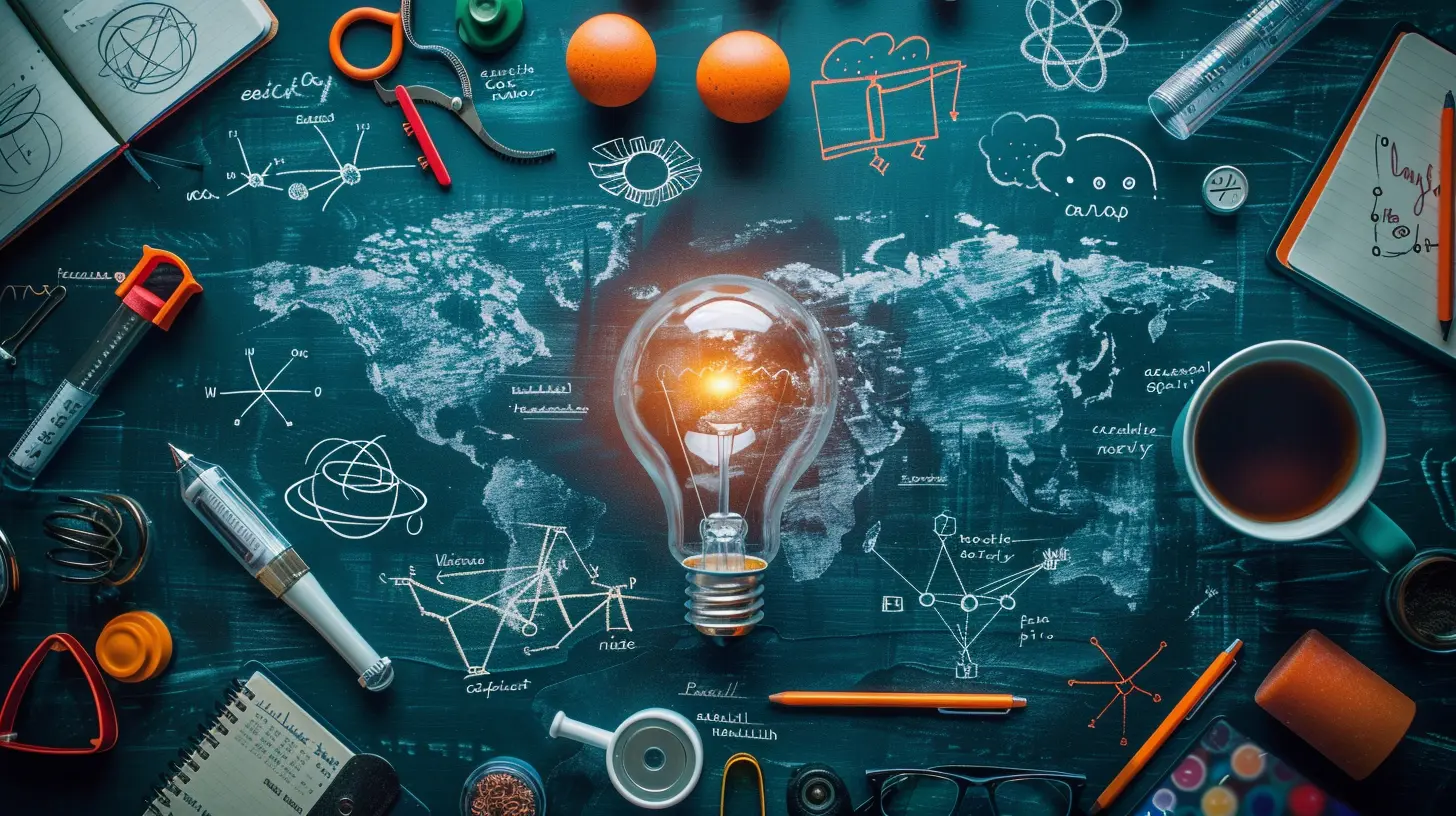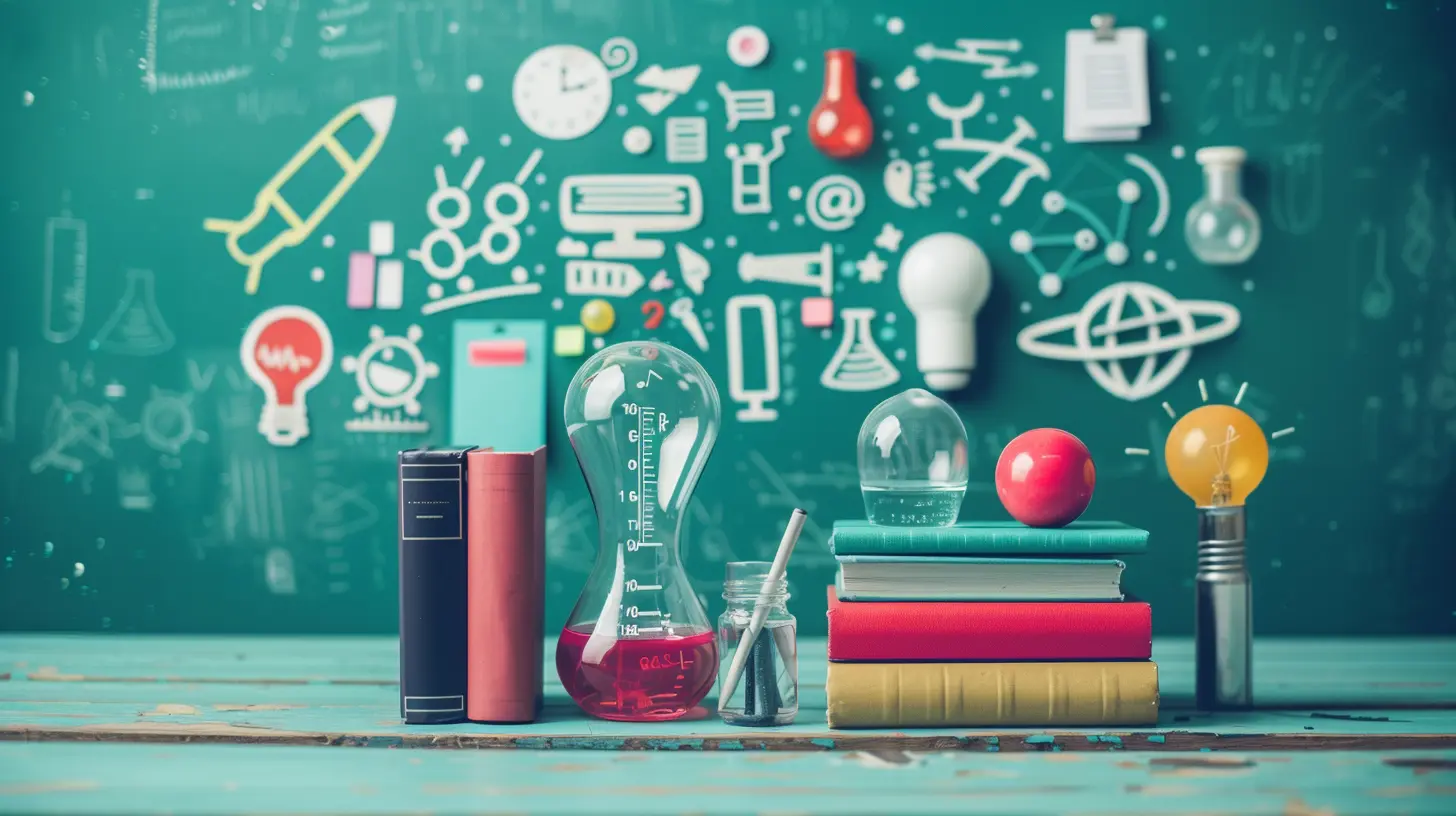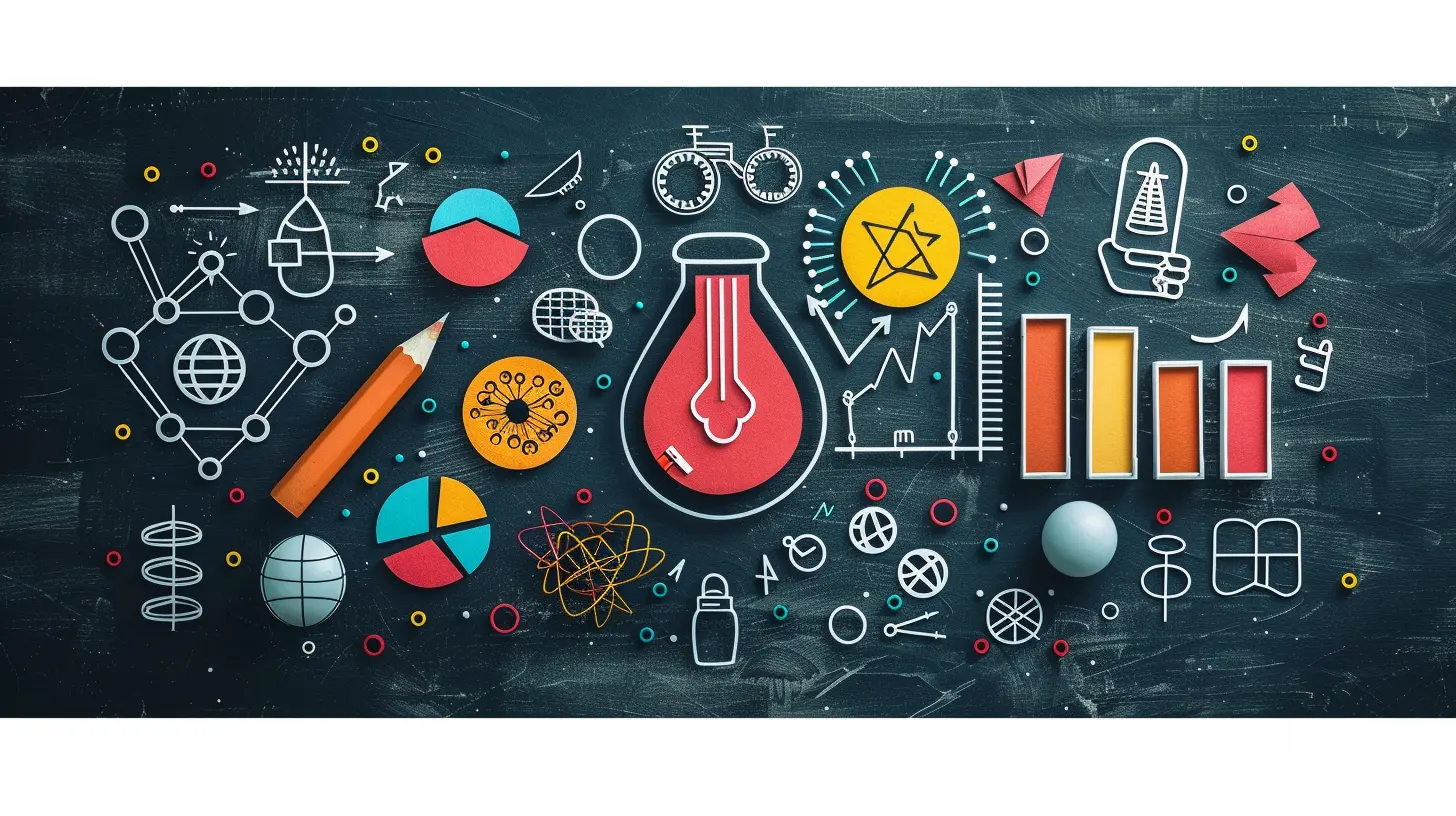Digital Tools for Personalized Learning: Tailoring Education to Every Student
19 November 2025
Education has come a long way from the traditional "one-size-fits-all" approach. Every student is unique—different learning styles, different paces, and different strengths. So why should we expect them to thrive under a system that treats them all the same?
Enter digital tools for personalized learning—a game-changer in modern education. Thanks to technology, students now have access to learning experiences that cater to their individual needs. But what exactly does this mean, and how can digital tools truly transform education? Let's dive in!

What is Personalized Learning?
Personalized learning is all about customizing education to fit each student’s abilities, interests, and learning style. Instead of forcing everyone to move at the same pace, students get the flexibility to learn in a way that makes sense to them.Think of it like a playlist on Spotify. Some students might prefer classical music (structured learning with a clear path), while others might love jazz (a more free-flowing, adaptive learning experience). Digital tools ensure that every student gets the playlist that best suits their needs.

How Digital Tools Support Personalized Learning
With advancements in technology, personalized learning is more accessible than ever. Digital tools help educators provide customized instruction, track progress, and ensure no student is left behind. Here’s how:1. Adaptive Learning Platforms
Adaptive learning platforms use artificial intelligence (AI) to adjust content based on a student’s performance. These tools analyze how well a student understands a subject and then modify lessons accordingly.Popular Adaptive Learning Tools:
- Khan Academy – Adjusts difficulty based on performance and provides instant feedback.- DreamBox – Helps students learn math at their own pace.
- Smart Sparrow – Tailors learning experiences for college students.
With these tools, struggling students get additional support, while advanced learners can move ahead without waiting for the rest of the class.
2. Gamification and Interactive Learning
Let’s be honest—traditional learning can sometimes feel boring. But what if students could learn through games? That’s exactly where gamification comes in.By incorporating game-like elements, digital tools make learning more engaging and enjoyable. Points, badges, leaderboards, and rewards motivate students to push forward.
Top Gamified Learning Tools:
- Duolingo – Makes language learning fun with streaks and XP points.- Prodigy – A math game that merges problem-solving with role-playing.
- Kahoot! – Turns quizzes into exciting challenges.
Gamification ensures students stay motivated and engaged, making learning a natural and enjoyable process rather than a chore.
3. AI-Powered Tutoring Systems
Imagine having a 24/7 personal tutor who never gets tired! AI-powered tutoring systems provide immediate assistance whenever a student needs help.Notable AI Tutors:
- Socratic by Google – Uses AI to help students solve problems in various subjects.- ChatGPT – An AI assistant that answers academic questions and explains concepts in a conversational way.
- Carnegie Learning’s MATHia – A personalized math tutor powered by AI.
These tools bridge the gap when teachers aren't available, ensuring students always have access to learning support.
4. Learning Management Systems (LMS)
Managing personalized learning for an entire class might sound overwhelming, but Learning Management Systems (LMS) simplify the process.An LMS helps teachers organize lessons, track progress, and provide customized resources. It’s like having a virtual classroom where everything is tailored for each student.
Top LMS Platforms:
- Google Classroom – Easy-to-use platform for managing assignments.- Moodle – Open-source and highly customizable LMS.
- Blackboard – Widely used by universities for course management.
With an LMS, teachers can manage personalized learning seamlessly, ensuring that every student gets a customized education experience.
5. Virtual and Augmented Reality (VR & AR)
Who says you have to be in a classroom to learn? With VR and AR, students can experience rather than just study concepts. Imagine walking through ancient Rome in history class or exploring the human brain in 3D!Best VR/AR Tools for Learning:
- Google Expeditions – Offers immersive virtual field trips.- zSpace – Uses AR to make science and engineering interactive.
- Merge Cube – A physical cube that brings AR learning into students' hands.
These technologies make learning more engaging, interactive, and memorable.
6. Collaborative Digital Workspaces
Learning doesn’t have to be a solo journey. Collaboration is key, and digital tools make it easier than ever for students to work together—even if they’re miles apart.Best Collaborative Tools:
- Miro – A digital whiteboard that fosters teamwork.- Padlet – A simple way to brainstorm and share ideas.
- Microsoft OneNote – Helps students and teachers collaborate in real time.
These platforms enable group discussions, brainstorming sessions, and peer learning, making education more dynamic.

The Impact of Digital Tools on Education
Now that we’ve explored how digital tools personalize learning, let’s talk about why it matters.1. Increased Student Engagement
Personalized learning makes education more relatable and enjoyable, keeping students engaged.2. Better Learning Outcomes
Studies show that students who learn at their own pace understand concepts better and retain information longer.3. Bridging Learning Gaps
Struggling students receive extra support, while advanced learners aren’t held back.4. Teacher Empowerment
Digital tools don’t replace teachers—they empower them with better insights into student progress and needs.5. Preparation for the Future
In today’s tech-driven world, students need digital literacy. Integrating tech into education ensures they’re future-ready.
Challenges and Considerations
While digital tools offer a ton of benefits, they also come with challenges:1. Access to Technology
Not every student has access to devices or the internet, creating a digital divide.2. Data Privacy and Security
With digital learning comes data collection—how secure is student data?3. Over-Reliance on Technology
Too much screen time can be harmful. Striking a balance is crucial.4. Teacher Training
Not all educators are tech-savvy. Teachers need proper training to use these tools effectively.Final Thoughts
Personalized learning powered by digital tools is reshaping education for the better. It’s making learning more engaging, efficient, and accessible for every student.However, technology is just a tool, not a replacement for good teaching. The best results come when teachers and technology work together to create customized learning experiences.
As we move forward, the key question is: How can we ensure that every student—regardless of background—gets access to these transformative tools? That’s a challenge worth solving!
all images in this post were generated using AI tools
Category:
Educational TechnologyAuthor:

Anita Harmon
Discussion
rate this article
1 comments
Cambria Gutierrez
Empower every learner! Digital tools transform education into a personalized journey for success and growth.
November 19, 2025 at 4:56 AM


